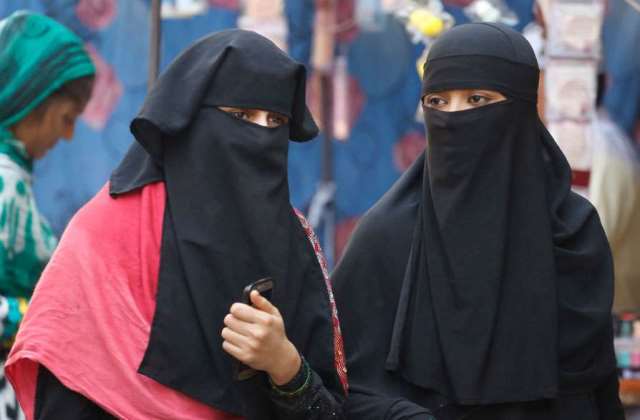MTN Consulting has provided some recommendations to boost the revenue for 5G network operators Etisalat and Du in the UAE.

There will be more than 50 million 5G connections across the MENA region by 2025. 5G networks will be covering approximately 30 percent of the population across the MENA region by 2025, according to a study published at the GSMA Mobile 360 Series – MENA conference in November in Dubai.
Etisalat has 10.54 million mobile subscribers, while Du has 7.736 million in the United Arab Emirates or UAE at the end of September 2019.
UAE has about 186 percent mobile penetration rate. UAE has 85 percent smartphone adoption rate in the MENA region, and second only to Singapore.
Virgin Mobile by Du and Etisalat’s Swyp are the two mobile virtual network operators.
FTTH Council MENA says the UAE ranked number one globally with 95.7 percent FTTH penetration rate on September 2018. Etisalat and du have deployed optical fiber.
Etisalat has selected Huawei and Ericsson in February 2019 for rolling out its 5G mobile network. Etisalat plans to deploy 900 5G-enabled base station sites during 2019-20 to offer 5G services.
Du plans to deploy 700 5G base stations. Huawei and Nokia are Du’s 5G network suppliers. Etisalat and Du have launched ZTE’s Axon 10 Pro 5G smartphone in the UAE.
The UAE has two key landing stations for connectivity with international submarine cables. The Fiber-Optic Link Around the Globe (FLAG), South East Asia-Middle-East-Western Europe 3 (SEA ME WE 3), SEA-ME-WE 4 and Asia-Africa-Europe-1 (AAE-1) lands at the port of Fujairah, whereas SEA-ME-WE 5 lands at Kalba.
UAE also uses satellite earth stations such as 3 Intelsat (1 Atlantic Ocean and 2 Indian Ocean), 1 Arabsat, etc., for connectivity.
Telecom regulator TRA in November 2018 issued 100 MHz to each of the two incumbent operators in the 3.3 to 3.8 GHz frequency range to offer 5G services.
In addition to this C-band assignment, the regulator is also looking at the 1427 MHz-1518 MHz, 24.25 GHz – 27.5 GHz and bands above 40 GHz for 5G. Both Etisalat and Du also have spectrum assignments in 800, 900, 1800 and 2100 MHz bands to offer 2G, 3G and 4G services. Etisalat additionally uses 2600 MHz band to provide 4G LTE service.
The UAE’s key challenge is the commercialization aspect of 5G in conjunction with the heavy baggage of 2G, 3G and 4G networks.
Saad Asif of MTN Consulting has provided recommendations to boost the revenue for 5G network operators in the UAE.
Recommendations
3G Shutdown
TRA and operators may come up with a near term deadline to close down the 3G networks. The slower and less spectrally efficient 3G is definitely not required when better 4G and 5G networks are available.
The 2100 MHz band which is used to operate 3G is not primarily used for 4G and 5G worldwide. It will free up capacity, reduce the number of network elements and further improve their networks’ quality of service and overall financial health. Transition issues such as QoS degradation and vendor contract renegotiation are manageable.
2G Shutdown
Mobile operators have low ARPU customers. Regulators and operators should develop a roadmap for stopping 2G services. The roadmap may consider issues such as the availability of low cost 4G and 5G smartphones and reengineering of networks. 2G primarily operates in the 900 MHz band which has not been recommended for 4G and 5G.
Operators may further increase their due diligence with the device suppliers to lower the cost of 5G. The current cost of a 5G device in UAE hovers around USD 800-1,200 as compared to $10-$30 for 2G/3G phones.
It will be difficult to have a good return on 5G investments without its enablement in vertical industries. A roadmap is needed to strengthen 5G in IoT (Internet of Things), AI (Artificial Intelligence), V2X (vehicle to everything – connected cars), etc., markets.





